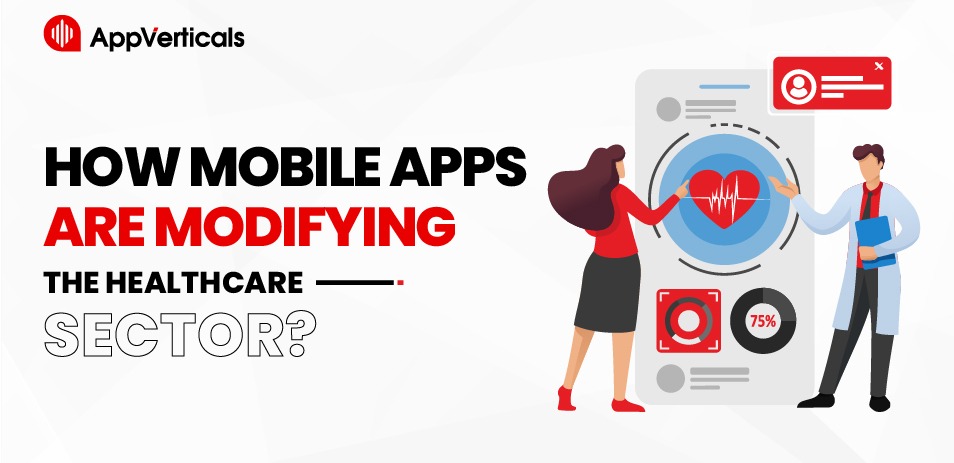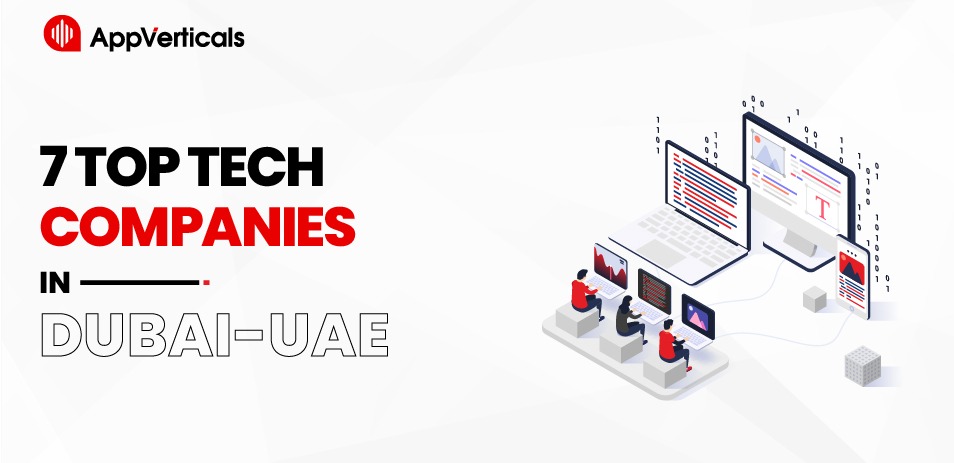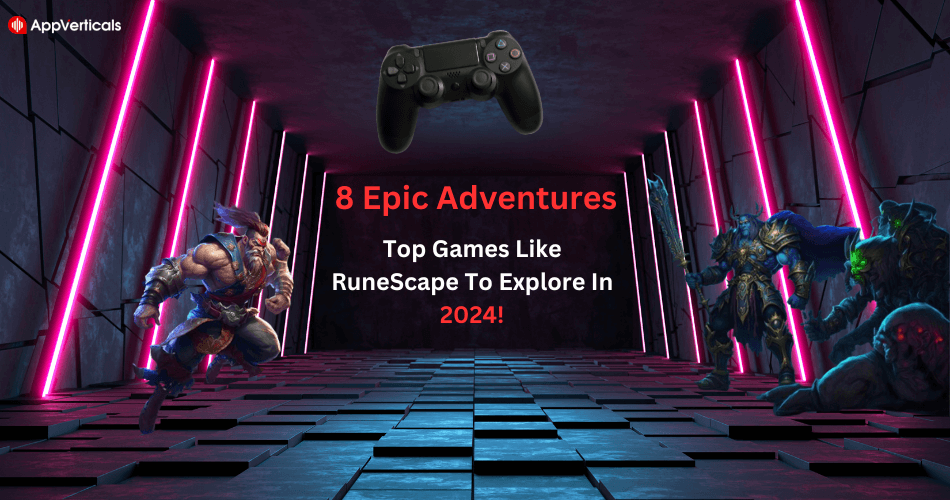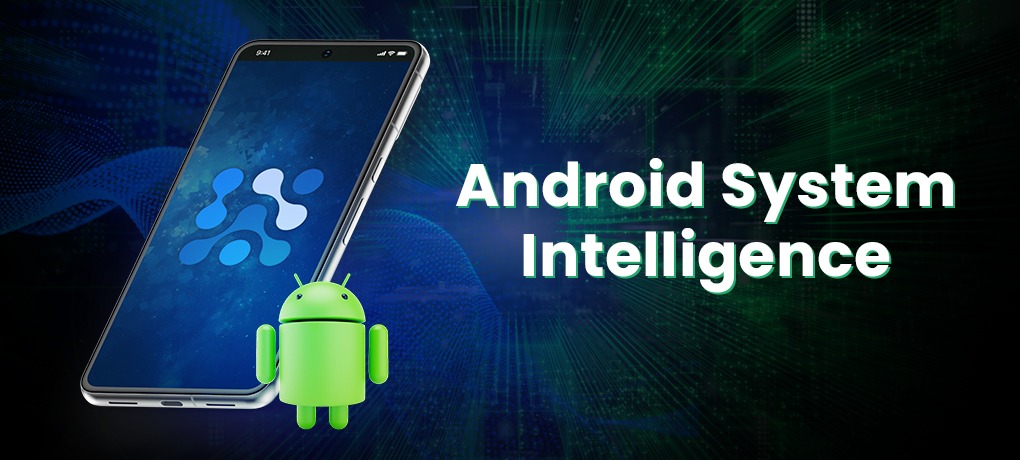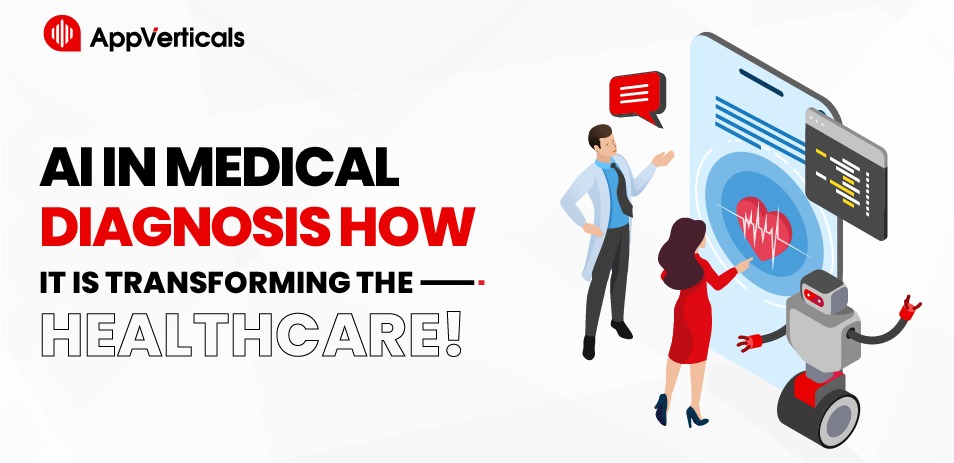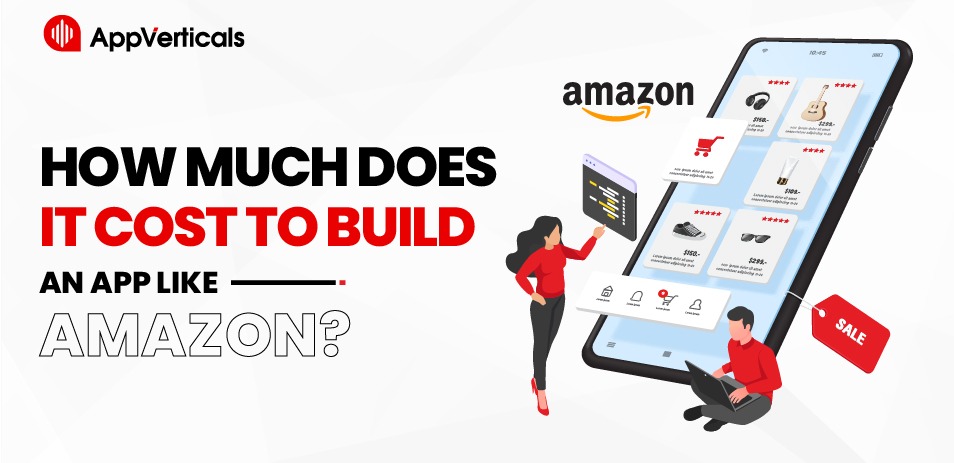Healthcare apps are making it easier for people to manage their health. They can schedule appointments, view their medical records, and even talk to doctors without leaving home.
“The healthcare mobile app market will increase to $64 billion by 2027, which shows how important these apps are for healthcare.“
If you’re thinking of starting a healthcare app, it’s important to understand how it works. Healthcare providers can use them to offer better care and respond to patients quickly. As more people need them, there are lots of opportunities for people who want to make healthcare apps.
This blog will talk about how mobile apps are changing healthcare. We’ll discuss how they help patients, doctors, and the whole healthcare system. Whether you want to start a new healthcare app with the help of the top healthcare app development company, or work on one, this guide will help you learn how to do it well.
Let’s discuss it in detail!
The Evolution of Mobile Technology in Healthcare
Technology in healthcare started with electronic health records (EHRs) many years ago. EHRs helped doctors organize patient information better and work together more easily, which was a big step forward in improving healthcare.
Technology has made healthcare apps more popular. Before the pandemic, healthcare apps were mostly used to schedule appointments and track health. Now, they can do much more, like allowing for online doctor visits, monitoring health from home, and helping you stay healthy.
These apps are really helpful for managing your health. You can see your medical records, talk to your doctor online, and check your health numbers. Apps like MyFitnessPal and Medisafe show how mobile apps can help you stay healthy and follow your treatment plan.
Transforming Patient Care with Mobile Apps
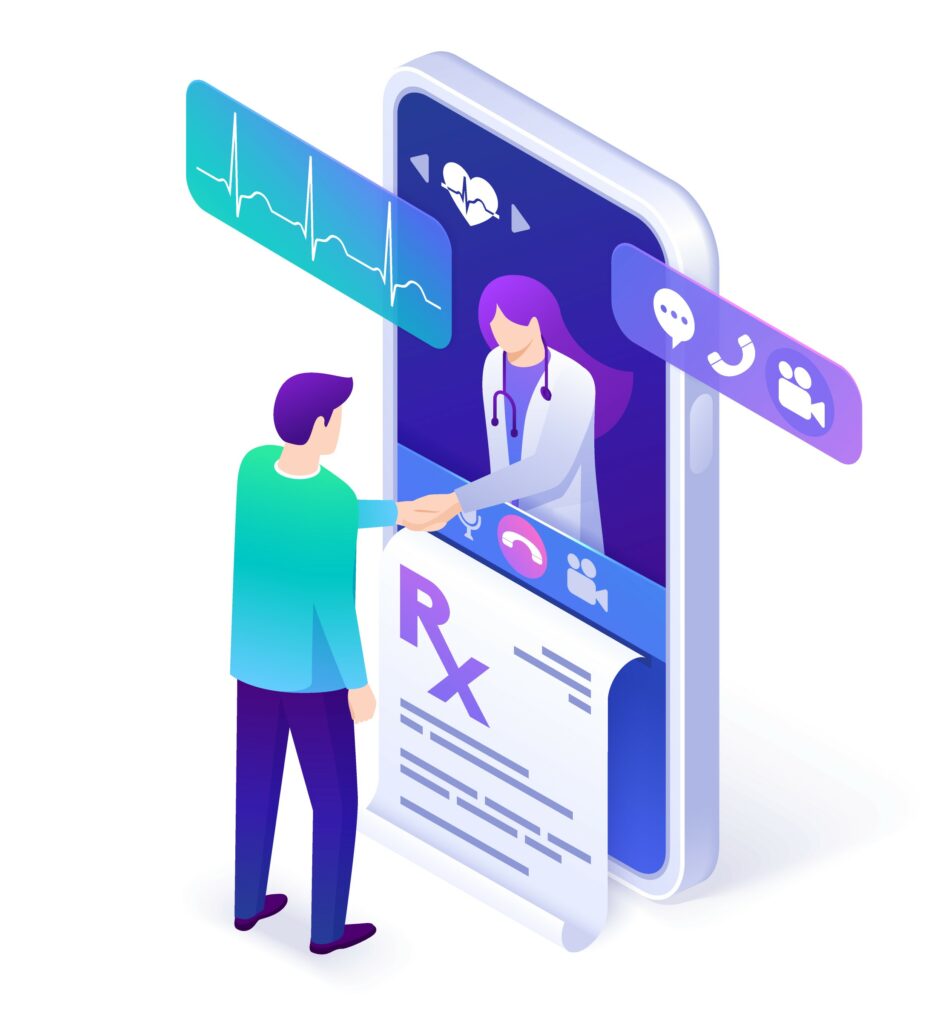
Telemedicine and Virtual Consultations:
Telemedicine apps are changing how people get healthcare. These apps let patients talk to doctors on their phones or tablets. This is helpful for people who live far away from hospitals or have trouble getting healthcare.
Many hospitals are now using telemedicine, and popular apps include Amwell and Teladoc. These apps make it easier for patients to get help without having to travel or wait.
Remote Patient Monitoring (RPM):
Remote Patient Monitoring (RPM) apps help people manage their health outside of the doctor’s office. These apps can track things like heart rate, blood pressure, and blood sugar. This information can help doctors keep an eye on patients who have chronic conditions like diabetes and heart disease.
For example, the Dexcom G6 app helps people with diabetes know when their blood sugar is too high or too low. This allows them to take better care of themselves and go to the hospital less often.
Personalized Patient Communication:
Mobile apps are changing how patients and doctors communicate. They make it easy to schedule appointments and receive reminders so people don’t miss their doctor’s visits. Apps like Zocdoc help patients find doctors and book appointments quickly.
They also let patients send messages, get notifications, and have video calls with their doctors. This helps patients feel more involved in their healthcare.
Empower Patients And Providers With Cutting-Edge Healthcare Apps.
From Electronic Health Records To Telemedicine, We Deliver Custom Solutions To Meet Your Specific Needs.
Get Started NowImproving Healthcare Provider Efficiency

Streamlined Workflow for Doctors and Nurses
“Health apps were downloaded 379 million times in 2023.”
These apps can help doctors and nurses work more efficiently. They make it easy to schedule appointments and manage prescriptions. Patients can use their phones to request refills, which saves time for everyone. This helps doctors and nurses see more patients and makes the whole process smoother.
Doctors and nurses can work more efficiently when they have access to up-to-date patient information. Apps that connect to electronic health records (EHRs) make it easy for them to see patient information right away. This is especially important during appointments and emergencies, as having the right information can help doctors give better care.
Clinical Decision Support Systems (CDSS)
CDSS apps use artificial intelligence to help doctors make better decisions. These apps can suggest things, help with diagnoses, and warn doctors about possible problems. This helps doctors provide better care to their patients.
For example, a mobile app can use a CDSS to look at patient information and suggest possible illnesses. This helps doctors find problems faster and more accurately. CDSS can also warn doctors about things like drug interactions, allergies, or needed tests, which helps keep patients safe.
Telehealth for Collaborative Care
Telehealth apps help doctors work together. This is especially important when patients need help from many different doctors. Telehealth helps doctors talk about cases and share patient information quickly. This has helped reduce the number of times patients need to go to a bigger hospital.
Using telemedicine can help reduce the number of times patients need to be moved to bigger hospitals. This shows how well these tools work. Doximity is a great app that helps doctors connect and share information about patients. This makes it easier for doctors to work together and plan treatment.
Doximity is a safe place for doctors to share patient information and images. This helps everyone who takes care of a patient have all the information they need. This makes it easier for doctors to talk to each other, do fewer tests, and help patients get better.
Empowering Patients with Self-Care and Wellness Apps
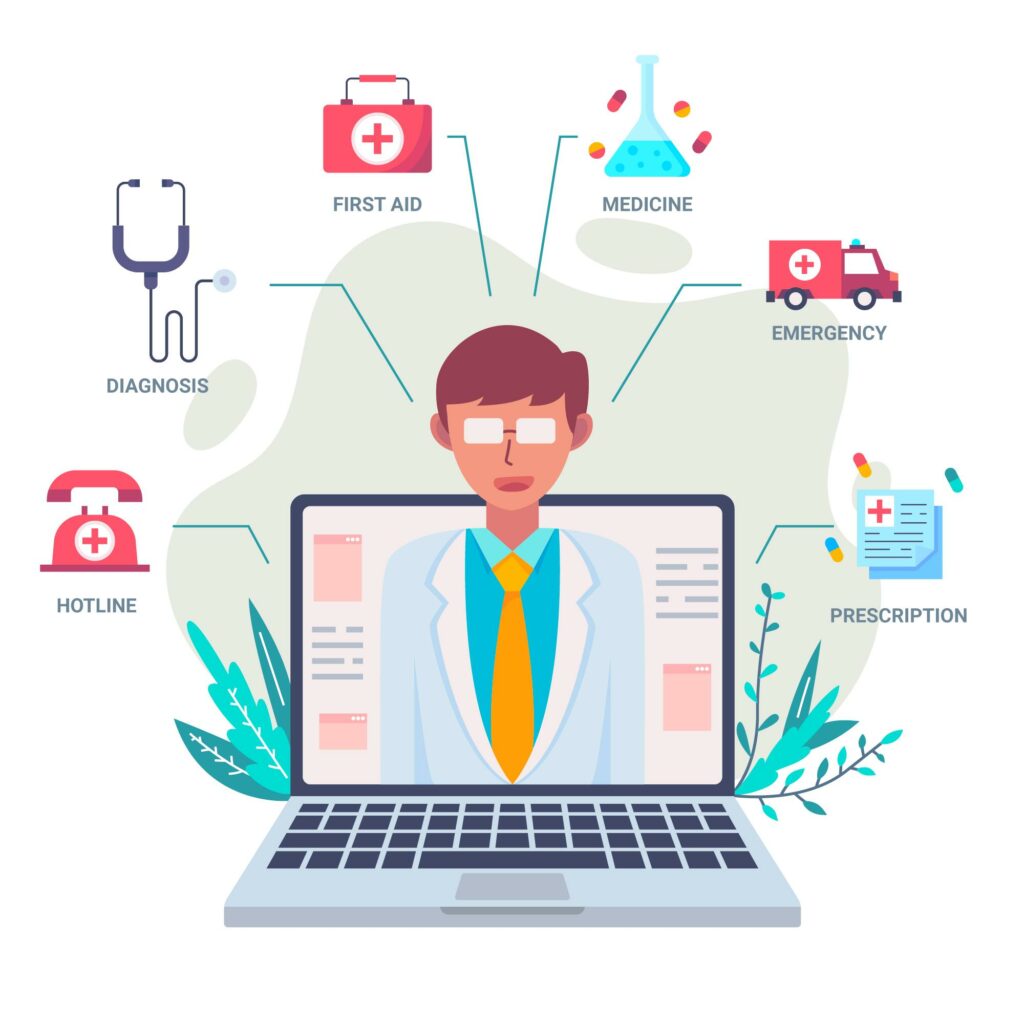
Fitness and Wellness Apps
Healthcare mobile apps are helping people take charge of their health. Fitness and wellness apps like Fitbit, Strava, and MyFitnessPal have become popular for tracking physical activity, diet, and sleep.
These mobile applications for healthcare allow users to monitor their steps, calories, and sleep quality, providing useful insights into their overall health.
For example, MyFitnessPal helps users log meals and offers nutritional information so they can make healthier choices.
According to the World Health Organization, lack of physical activity is a leading cause of many diseases, and fitness apps are helping fight this problem by encouraging people to stay active.
Mental Health and Mindfulness Apps
Mental health apps like Calm and Headspace are making mental healthcare more accessible. These mobile apps for healthcare allow users to practice meditation, deep breathing, and stress management anytime, anywhere. Many people who don’t have access to traditional therapy can benefit from these apps.
These apps also help reduce the stigma around mental health. By encouraging people to talk about their mental well-being and practice mindfulness, apps like Calm and Headspace help users manage anxiety, stress, and depression more comfortably. Calm offers guided meditations to reduce stress, while Headspace provides tools for better sleep and emotional balance.
“Studies show that users of mindfulness apps experience a 30% decrease in anxiety and depression symptoms, showing their positive impact.”
Chronic Disease Management
For people managing long-term conditions like diabetes or asthma, healthcare mobile apps for patients provide crucial support. Apps like Glucose Buddy let diabetes patients track their blood sugar levels and share the data with their healthcare providers. MyTherapy ensures users take their medication on time with helpful reminders. These apps help patients manage their health more effectively and reduce emergency visits.
“Research showed that patients using apps to manage their diabetes had an improved blood sugar levels, which is a key marker of blood sugar control. These apps improve patients’ lives and ease the workload of healthcare providers.”
Mobile apps empower patients by giving them the tools to manage their fitness, mental health, and chronic conditions in an easy and effective way.
Addressing Security, Privacy, and Compliance Challenges
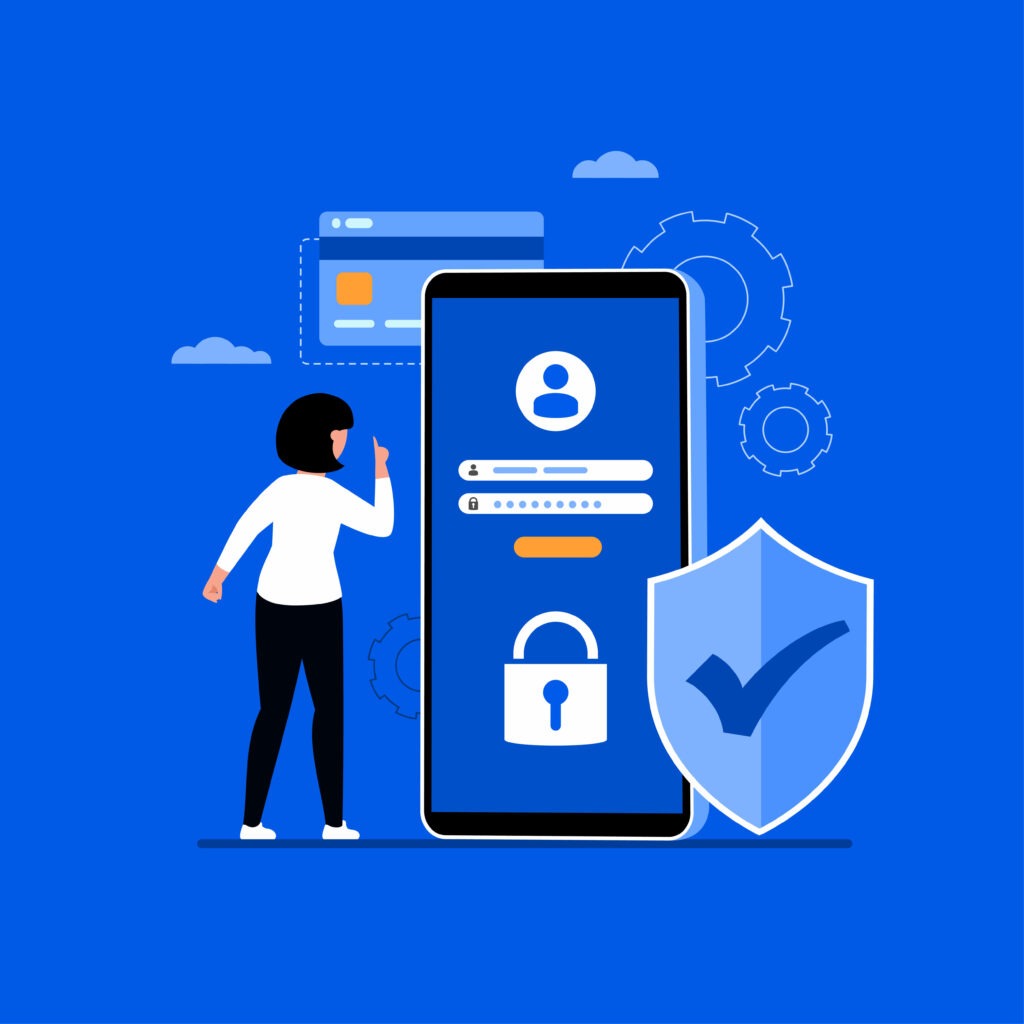
Data Security and Privacy Concerns
As healthcare mobile apps grow in popularity, keeping patient data secure and private is a top priority. Regulations like HIPAA in the U.S. and GDPR in Europe set strict rules on how personal health data is handled. These rules help protect sensitive information and make sure user data stays safe.
Many healthcare apps use encryption and secure storage to protect data. Encryption scrambles data so only authorized users can read it, while secure storage prevents unauthorized access.
For example, the MyChart app, used by many hospitals, keeps patient data safe by using secure cloud storage. This helps patients access their health records without worrying about privacy issues.
Balancing Usability with Security
One of the biggest challenges for app developers is making healthcare apps easy to use while keeping them secure. If an app is too hard to navigate, users may abandon it.
“90% of people stop using an app if it’s difficult to use. This is why it’s important to find a balance between usability and security.”
To improve security without making apps harder to use, many healthcare apps now include features like multi-factor authentication and biometric logins.
Regulatory Compliance in mHealth Apps
Healthcare apps that offer medical advice or treatment need to meet regulatory standards to ensure safety. In the U.S., apps often need FDA approval, and in Europe, they need a CE Mark. These approvals ensure that healthcare mobile apps for patients are safe and effective, but getting approval can be a long process.
Also Read: Cloud Computing in Healthcare
The Role of AI and Machine Learning in Healthcare Apps
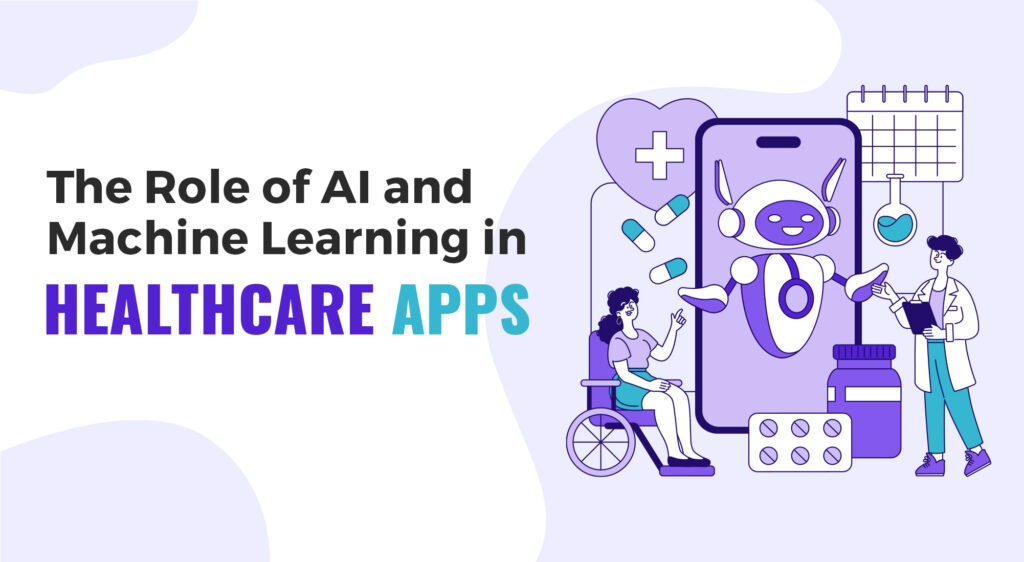
Predictive Analytics for Personalized Care
AI systems can diagnose diseases like skin cancer with accuracy similar to that of trained specialists. By using large amounts of data, these apps assist healthcare providers in making better decisions.
Machine learning also plays a key role in predicting potential health risks. It analyzes user health data, like exercise and diet habits, to identify patterns that may signal future problems such as diabetes or high blood pressure.
This early detection allows for personalized treatment plans, helping users take control of their health and reducing the strain on healthcare services.
Natural Language Processing (NLP) in Healthcare Apps
Chatbots and virtual assistants can answer patient questions, schedule appointments, and provide basic mental health support.
“According to a report, 80% of Americans believe that AI can greatly improve patient engagement.”
These AI-powered tools give users easy access to important health information, making healthcare more convenient.
Chatbots also help reduce the workload on healthcare staff by handling routine inquiries. Apps like Ada, for example, use conversational AI to assess symptoms and suggest next steps, which can free up time for healthcare professionals.
AI-Driven Health Assessments and Diagnostics
Users can input symptoms, and the app’s AI will provide potential diagnoses and treatment options. Apps like Symptom Checker allow users to get quick feedback on their health, encouraging them to seek medical help if needed.
These AI-driven tools not only improve the accuracy of health assessments but also boost user confidence in managing their health.
Also Read: AI Robotics in Healthcare
Enter the Healthcare Business With a Custom Mobile App.
We Build Innovative Solutions That Improve Patient Care, Streamline Workflows, and Drive Growth.
Contact us today!Integration of Mobile Apps with Wearable Devices and IoT in Healthcare
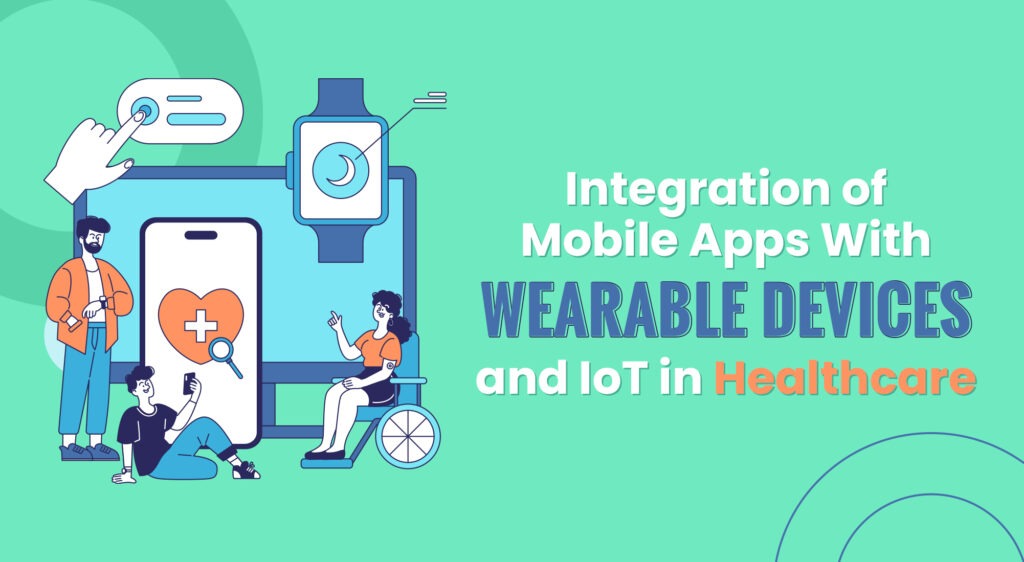
Smart Devices in Healthcare
Devices like the Apple Watch, Garmin, and Fitbit are no longer just fitness gadgets; they now connect with healthcare mobile apps for real-time monitoring. These wearables track important health data like heart rate, sleep patterns, and activity levels.
“In fact, the global wearable medical device market is expected to reach $151.8 billion by 2029.”
The benefits for patients are clear. Wearable devices can send health data directly to apps, alerting users when something isn’t right.
For example, if a person’s heart rate gets too high, the app can tell them to seek medical help. This kind of real-time feedback helps prevent health issues by catching them early, allowing for faster treatment and care.
IoT and Healthcare Apps
The Internet of Things (IoT) is also a game-changer in healthcare. Mobile apps can now connect with IoT devices like smart inhalers or glucose monitors, improving how doctors and patients manage health conditions. This constant monitoring helps doctors make better, data-driven decisions for their patients.
As more mobile apps integrate with wearables and IoT, healthcare mobile apps are becoming key tools for both patients and providers, helping ensure proactive and timely care.
Also Read: Healthcare Data Integration
Blockchain and the Future of Data Security in Healthcare Apps
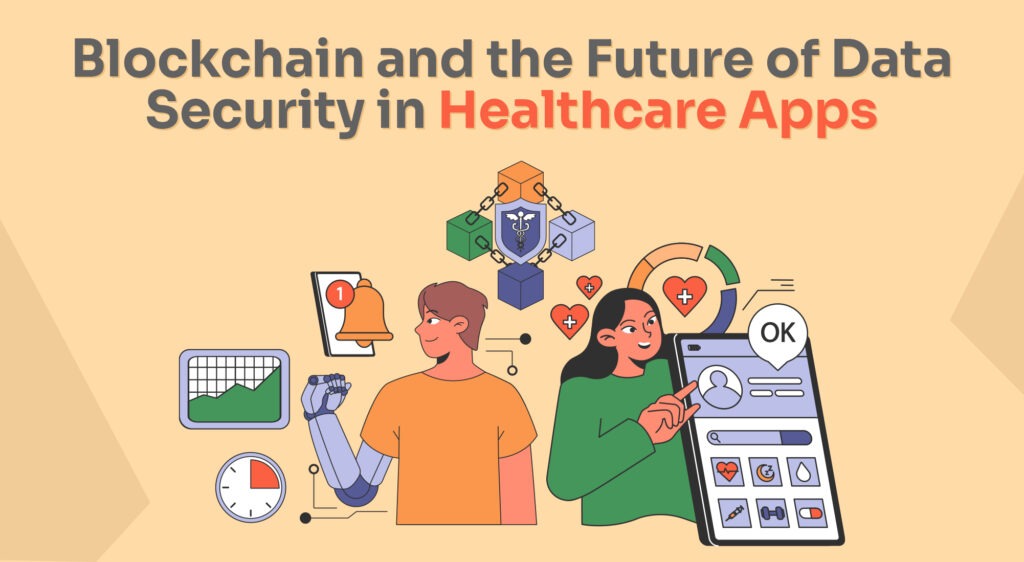
Blockchain’s Potential in Healthcare
Blockchain technology is becoming an important tool for improving data security in healthcare mobile apps. It provides a secure way to store patient information that cannot be changed or tampered with. Each record is locked and protected, ensuring that the data remains accurate and trustworthy.
“The global blockchain healthcare market is expected to grow to $5.61 billion by 2025, showing how quickly this technology is being adopted.”
Another advantage of blockchain is its role in creating decentralized healthcare systems. This means that patients control their own data and can choose who has access to it. This reduces the risk of data breaches, giving patients more power over their health information.
Blockchain Use Cases
A key use of blockchain in healthcare is data sharing between providers. Current methods can be slow and prone to mistakes. However, with blockchain, healthcare providers can quickly and securely share patient records.
For example, if a patient moves to a new city, their medical records can be easily transferred from their old doctor to their new one, making sure their care is consistent.
Overall, blockchain is helping healthcare mobile apps become more secure and reliable. It improves how data is stored and shared, giving patients more control and trust in their healthcare apps.
Also Read: 11 Impactful Healthcare Business Ideas
How Much Does it Cost to Make A Healthcare App
| Development Stage/Feature | Description | Estimated Cost (USD) |
| 1. Initial Planning & Research | Market research, defining app goals, audience analysis | $5,000 – $10,000 |
| 2. UI/UX Design | Creating intuitive, user-friendly designs and wireframes | $8,000 – $20,000 |
| 3. Front-End Development | Building the client-side, visible part of the app (e.g., interfaces) | $10,000 – $30,000 |
| 4. Back-End Development | Server-side infrastructure, databases, and APIs | $15,000 – $40,000 |
5. Basic Features |
||
| – User Authentication (Login, Registration) | Secure user sign-up, login (email, social media, etc.) | $5,000 – $10,000 |
| – User Profiles | Storing personal information, medical history | $3,000 – $8,000 |
| – Appointment Scheduling | Booking consultations with healthcare providers | $5,000 – $12,000 |
| – Push Notifications | Alerts for reminders, test results, medication schedules | $3,000 – $7,000 |
| – Real-Time Chat/Messaging | Patient-doctor communication | $7,000 – $15,000 |
| – In-App Payments | Processing payments for appointments or services | $5,000 – $10,000 |
6. Advanced Features |
||
| – Video Consultation | Enabling virtual consultations between patients and doctors | $10,000 – $25,000 |
| – AI-Based Diagnostics/Analytics | Leveraging AI for medical data analysis and diagnosis assistance | $15,000 – $50,000 |
| – Integration with Wearables | Syncing data from fitness trackers or medical devices (e.g., Fitbit, Apple Watch) | $10,000 – $30,000 |
| – Electronic Health Records (EHR) | Access and management of medical records | $20,000 – $50,000 |
| – Telemedicine Integration | Full integration of telehealth services | $10,000 – $40,000 |
| 7. Testing & Quality Assurance (QA) | Ensuring the app runs smoothly and is bug-free | $8,000 – $15,000 |
| 8. Security & Compliance (HIPAA, GDPR) | Ensuring the app meets healthcare data security regulations | $5,000 – $15,000 |
| 9. Deployment & Launch | Publishing the app on App Store, Play Store, and server setup | $3,000 – $8,000 |
| 10. Ongoing Maintenance | Regular updates, bug fixes, and new features | $5,000 – $20,000 per year |
Total Estimated Cost Range:
- Basic Healthcare App: $50,000 – $100,000
- Advanced Healthcare App: $100,000 – $300,000+
Also Read: A Complete Guide to Healthcare App Development
Key Takeaway!
Mobile apps are changing healthcare by helping patients get better care, making doctors work faster, and giving more people access to services. With tools like wearable devices, AI, and blockchain, these apps can track health in real time, keep data safe, and provide personalized care.
It is important for developers, healthcare workers, and patients to use these mobile healthcare solutions. By doing so, we can build a system that focuses on the needs of patients and improves healthcare for everyone.
Need Assistance in building the best healthcare app for your business? Contact Now!

